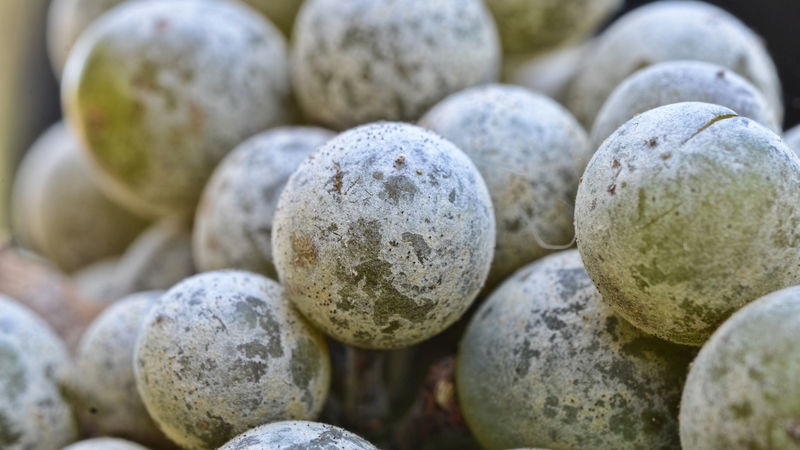Useful Insights from 3 Cole Crop Studies
Crop protection measures are all relative — depending on what you’re growing. For cole crops, challenges in the field come in multiple forms.
Check out three recent studies that cover plenty of ground on cole crop weed management and pest control.
Treating Late-Season Weeds in Plasticulture
Cole crops and leafy greens are typically late-season crops in much of the U.S. That means opportunistic weeds emerge through previously cut holes.
Researchers from the University of Georgia investigated how to suppress weeds without further damaging the plastic mulch. The team reviewed several issues:
• Which herbicides wash off the plastic versus bonding with it. Bonded herbicides can damage crops.
• How much time crops need between spraying and planting to avoid damage.
According to the study, “Analytical studies determined that 0.5 cm of irrigation after herbicide application and one day before planting removed 99% of 2,4-D, and 100% of glyphosate from the plastic mulch. Waiting an additional 14 days after application and irrigation further reduced the amount of 2,4-D on the plastic mulch 88% to 95%. For the field bioassay, preplant applications of 2,4-D tank-mixed with glyphosate resulted in 7% or less visual broccoli or collard injury without influencing crop growth, biomass, early season yield, or total yield as long as the mulch was washed with 0.5 cm of irrigation before planting.”
Authors: Lavesta C. Hand, Kayla M. Eason, Taylor M. Randell, Timothy L. Grey, John S. Richburg, Timothy W. Coolong, and A. Stanley Culpepper
Identifying Nematode Fighting Fungi in Brassica Fields
After years of aggressive treatment to prevent nematode damage, growers dramatically backed off their applications the past few years.
A team of researchers from University of California, Riverside, TriCal Diagnostics, and Guangxi University
(China) conducted a study to test the hypothesis that increased populations of nematophagous fungi suppressed the pest.
The team examined samples from 152 fields growing brassica crops along California’s Central Coast. By combining their own research with related studies from peers, the team confirmed it is likely that indigenous populations of nematophagous fungi contribute to low numbers of nematodes. Promisingly, a soybean study successfully amended conducive soil with the fungi.
The researchers urge further studies to build on their results.
Authors: Ying-Yu Chen, Steven T. Koike, Geoffrey D. Logan, Christopher Drozd, Juliana De Oliveira Silva, Nicole B. Colindres, Beth B. Peacock, Jennifer Smith Becker, Angelo Loffredo, Haiyan Wu, Paul M. Ruegger, J. Ole Becker, and James Borneman
Cover Crops Not Enough for Florida Weeds
Researchers in Florida wanted to see if increasing cover crop seeding when a field is fallow improves weed suppression. Specifically, University of Florida and Agriculture and Agri-Food Canada study increased sorghum-sudangrass seeding in Florida cabbage fields.
They learned that while Poaceae densities fell, sorghum-sudangrass failed over time at suppressing nutsedge, wild radish, or Florida pusley.
The team recommends focusing management inputs on cash crops instead.
Study: Fallow Management Input Strategies for Weed Management in Florida Cabbage Production
Authors: Shaun M. Sharpe, Nathan S. Boyd, and Peter J. Dittmar










